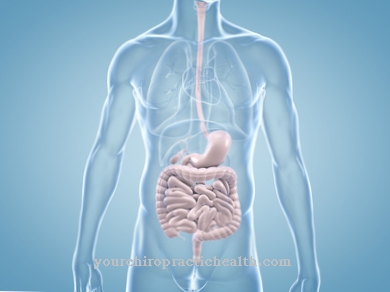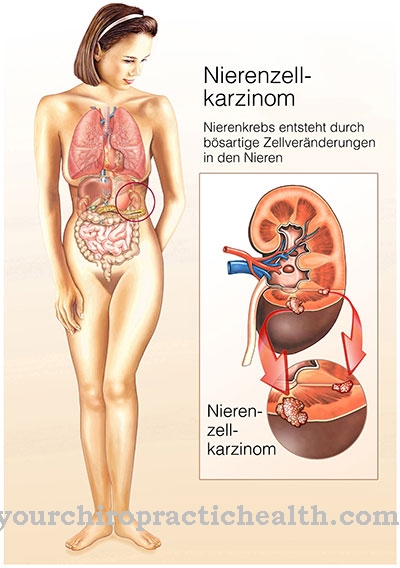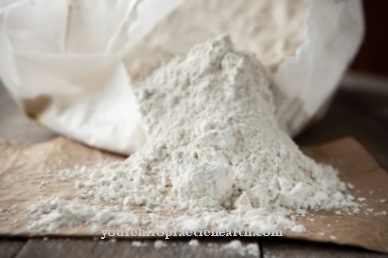Papules are skin symptoms that either develop independently or can be a symptom of various diseases. If papules require treatment, successful therapy often depends on their causes.
What are papules?

Papules are nodules or vesicles that form on the surface of the skin. In medicine, papules are assigned to the so-called primary skin changes.
Papules can reach sizes roughly the size of a pea. In addition to their shape, papules can be recognized by their reddish or brownish color. According to their location, papules can be divided into the so-called epidermal, cutaneous and epidermo-cutaneous papules:
Epidermal papules are papules that arise in layers of the epidermis (the epidermis). Cutaneous papules are cells that form in what is known as the dermis, while epidermo-cutaneous papules are a hybrid of the aforementioned forms; Corresponding cells are found here both in the upper skin and in the dermis.
causes
The cause of all of the above-mentioned papal forms lies initially in an increase in skin cells in the skin layers in which the respective Papules arise. In the case of epidermal papules, the corneal cells multiply, which leads to local elevations in this layer.
These elevations can then be recognized as papules. This type of papule formation is hidden behind warts, for example. Increased corneal cells on which the cutaneous papules are based can occur, for example, in the context of syphilis (a form of sexually transmitted disease).
Epidermo-cutaneous papules can appear as eczema or in the so-called lichen ruber disease, which is also known as lichen planus. In the latter case, it is an inflammatory skin disease.
Diseases with this symptom
- syphilis
- Rosacea
- eczema
- Ulcus molle
- Dellar warts
- Cutaneous leishmaniasis
Diagnosis & course
The course of papules depends on the cause underlying the formation of papules. If the papules are a symptom of an underlying disease, the papules usually change with the course of the underlying disease.
Papules are first diagnosed on the basis of their visual appearance. Depending on the skin layer in which the papules form, the latter can then be determined for their type in a first step. However, in order to be able to diagnose whether the papules that appear are an independent complaint (as is the case with warts, for example) or symptoms of an illness, the treating doctor will usually first ask about the patient's medical history.
Often this is followed by further physical examinations, which can clarify any underlying disease and thus the background of the papules.
Complications
As a rule, papules are harmless. As already known, however, they appear as a symptom in the various diseases. So they can also appear in the context of dangerous diseases. Papules are among the most important symptoms of syphilis.
In the course of this serious illness, a rash appears with copper-colored nodules as papules. These are highly infectious there. Papules also form with insect bites. However, if it is a tick bite, Lyme disease can be transmitted. Lyme disease is a chronic condition that gets worse and worse over time.
Often a connection with the initial papule can no longer be established because the disease develops slowly. If left untreated, the disease often leads to long-term damage such as arthritis and neurological symptoms. Papules can also be traced back to an infection with the varicella-zoster virus (chickenpox).
This virus stays in the body and often later causes shingles if the immune system is weakened. Babies in particular often suffer from eczema with papule formation, the cause of which is often not known. However, sometimes it is a yeast infection due to the good conditions under the diapers to multiply.
The yeast can also be responsible for painful papules in the mouth called oral thrush. Non-infectious papules can also cause complications when trying to push them away. Damage to the surrounding skin tissue is then possible.
When should you go to the doctor?
Papules are usually harmless and do not necessarily require medical treatment. However, if the skin changes become infected or cause accompanying symptoms such as fever and rashes, this must be clarified by a doctor. Itching and redness indicate a serious underlying condition, which must be treated immediately to avoid further complications. A reduction in well-being due to papules is also a reason for a doctor's visit. If the emotional stress is left untreated, initial mood swings can develop into serious mental illness.
If you suspect that the papules are caused by certain medications or foods, you should discuss this with your doctor. It is usually sufficient to adjust the medication or to initiate dietary measures to improve the complexion and reduce the papules. Papules as a result of a tick bite indicate a borreliosis disease that must be treated immediately. In general, the following applies: Papules that deviate from the norm in appearance and appearance or which impair general well-being in any way should always be medically clarified.
Doctors & therapists in your area
Treatment & Therapy
Medical treatment for papules depends primarily on the type of papules present. In order to be able to treat papules effectively, it must be possible to fall back on diagnostic tests carried out in advance. For example, if the papules were caused by a certain disease, causal therapy for the corresponding disease is often necessary in order to be able to combat the papules.
Even if papules appear on their own without being a symptom of an illness, they may require therapy to varying degrees. Some of these papules regress automatically after a while without the need for therapy. Some papules, on the other hand, can persist without posing a health risk. In the latter case, therapeutic treatment does not have to be medically necessary, but can be provided at the request of a person affected, for example for cosmetic reasons.
For example, if papules take on a very large shape and develop over a wide area, it may be useful to seek medical advice. If these papules pose a risk, the papules can be surgically removed, for example.
Outlook & forecast
In most cases, in addition to the papules themselves, a red and itchy rash will develop on the affected area. Under no circumstances should the patient scratch this, as this only increases the itching and can result in wounds or scars. If the papules were caused by a tick bite, the patient can develop Lyme disease in this case. If there is a bite, a doctor must therefore be consulted.
In the case of chickenpox, papules are safe for children and will go away on their own after a few days. Chickenpox can also be fatal for adults who have not yet lived through the disease. Inflammations or infections can also develop on the papules without treatment. This is especially true when the papules are squeezed out by the patient.
The treatment itself takes place in most cases with the help of medication and without surgical intervention. It leads to success after a few days and there are usually no further complications. The use of medication is not always necessary. The papules often disappear completely on their own if the affected area is cared for.
prevention
Papules can only be prevented to a limited extent. In order to prevent papules as a symptom of a disease, early therapeutic treatment of the underlying disease can be effective. Even if papules have other causes, effective prevention can be achieved by avoiding these causes. If, for example, papules are reacting to skin allergies from various cosmetics, it is advisable to use products that do not cause the corresponding allergic reactions and associated papules.
You can do that yourself
Anyone who suffers from papules should definitely avoid contact with substances and materials that could irritate the skin. This applies in particular to various care products that contain alcohol. It is not uncommon for patients to suffer from itching. Under no circumstances should the affected person scratch the respective area. This only increases the itchiness and can cause wounds and scars.
The skin should not be rubbed when washing. The papules are ideally washed with a mild soap and only warm water. Make-up should be avoided on the affected area. If the papules appear after eating, it is an allergic reaction or an intolerance. In this case, the patient should avoid the respective ingredient or the food or take appropriate medication that allows the digestion of this ingredient.
Papules should not be covered with plasters or wrapped in bandages. Children in particular should not touch or scratch the papules. In many cases, a chamomile bath or a steam bath helps against the papules. Cosmetic procedures and treatments can also limit the symptom.


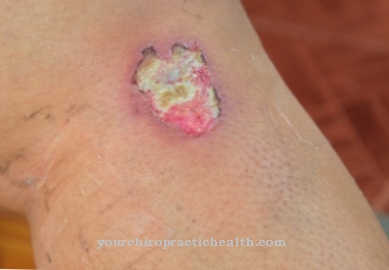
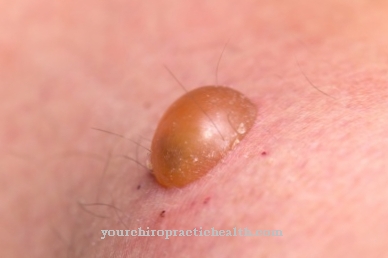

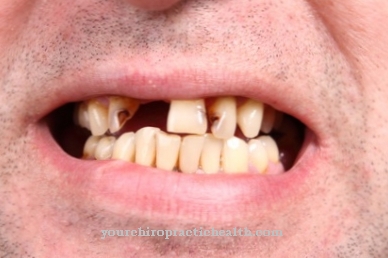



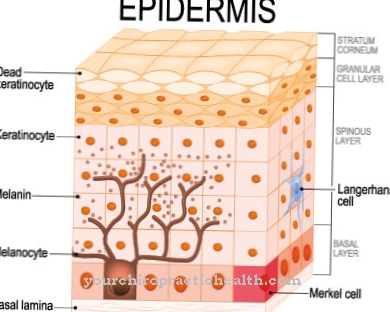

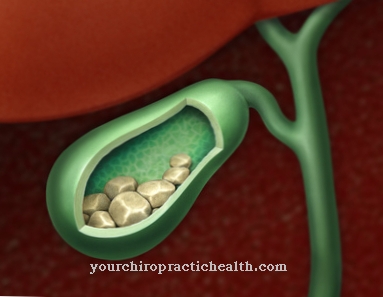


.jpg)
